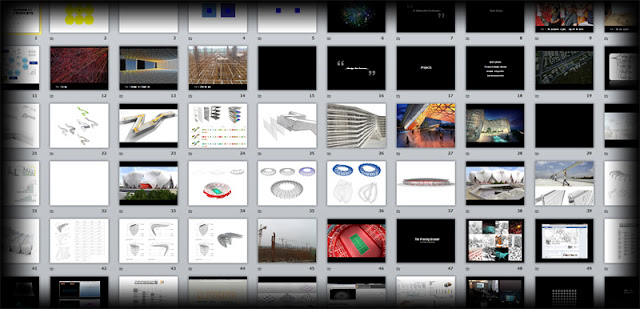- Creating Divided Surface: Explains how to create a Divided Surface using the API and access the tiling patterns available.
- Reading and Writing Excel: Explains how to access an Excel spreadsheet to read and write values.
Additionally, Lilli Smith recently posted on an interesting example on Buildz for using RevitPythonShell to generate program blocks. The approach is built on top of my Revit API notebook examples related to adjusting family instance parameters and accessing external text files.
On my end, here is some eye candy to show what I have been up to lately. I am creating a strange 'catenary' surface with Kangaroo and Grasshopper. I am then feeding the information into an Excel spreadsheet and reconstructing the shape using Adaptive Components via RevitPythonShell. Note how I am also able to adjust the radius parameter of the pipe members within Revit to reflect the 'force' diagram created in Kangaroo.







.JPG)
.JPG)

